Vegetable gardening is not only a pleasurable and relaxing hobby but also a sensible way to ensure a steady supply of healthy, locally-grown food for the family table. Tomatoes, chili peppers, onions, and other vegetables can all be easily grown. Fresh tomatoes and chiles are essential for authentic Mexican salsa or pico de Gallo.
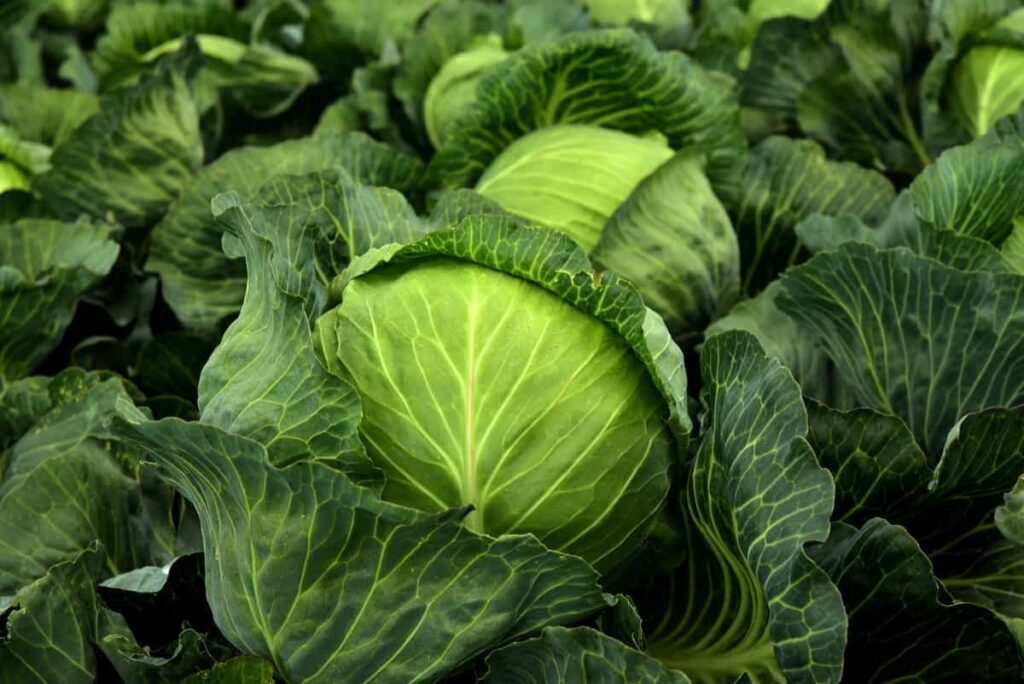
Because of this, a Mexican vegetable garden is a need and a great opportunity for you to share your heritage and interests with others. Below we learn about Mexico’s vegetable planting calendar, month-wise vegetable planting guide, and seasonal vegetable sowing chart.
Mexico vegetable planting calendar
Mexican green vegetables
Chard is one of the most sought-after greens in Mexico; chard can be purchased all year long from any of the country’s many marketplaces despite its origins in the Mediterranean basin. Chard is related to the beet, but unlike its close relative, it is produced for its leaves rather than its root. Watercress is a plant that grows in temperate climates all over the globe.
It is eaten and used medicinally because of its high iodine, iron, and potassium content. Traditional Mexican cuisine often features watercress and potatoes prepared in several forms, including the popular crema de Barros, a potato-based cream soup. You can usually find a watercress salad in restaurants specializing in “nouveau” Mexican cuisine. Spinach is an excellent option for pregnant women.
Soups, creams, sauté with onion and garlic, and a delicate mousse-like delicacy called pastel de espinacas are just some of the ways it is utilized in Mexican cuisine. Beta vulgaris rubra, or beet greens, are a herbaceous plant cultivated largely for its edible larger root. However, greens are also utilized in Mexican cuisine, particularly in rural areas where nothing is wasted.
All modern lettuce varieties originated from wild lettuces that grew in North America (including Mexico) and Northern Europe/North Africa. The milky white sap in the stems is the inspiration for the plant’s Latin name, Lactus. Although Lechuga orejona (romaine) and Lechuga sangria (blood romaine) are the most popular types of lettuce sold in Mexican mercados and supermarkets.
Other types of lettuce are becoming more popular as garnish for corn-based foods like tostadas (red leaf lettuce). Before the Spaniards arrived, Mexicans depended on amaranth for its leaves and seeds. The seeds, which are rich in the amino acid lysine, are now often used in confections such as algebras, as well as in moles, soups, and even as a breakfast cereal.
In case you missed it: USA Vegetable Planting Calendar: Month-wise Guide, Schedule, and Chart for All Zones
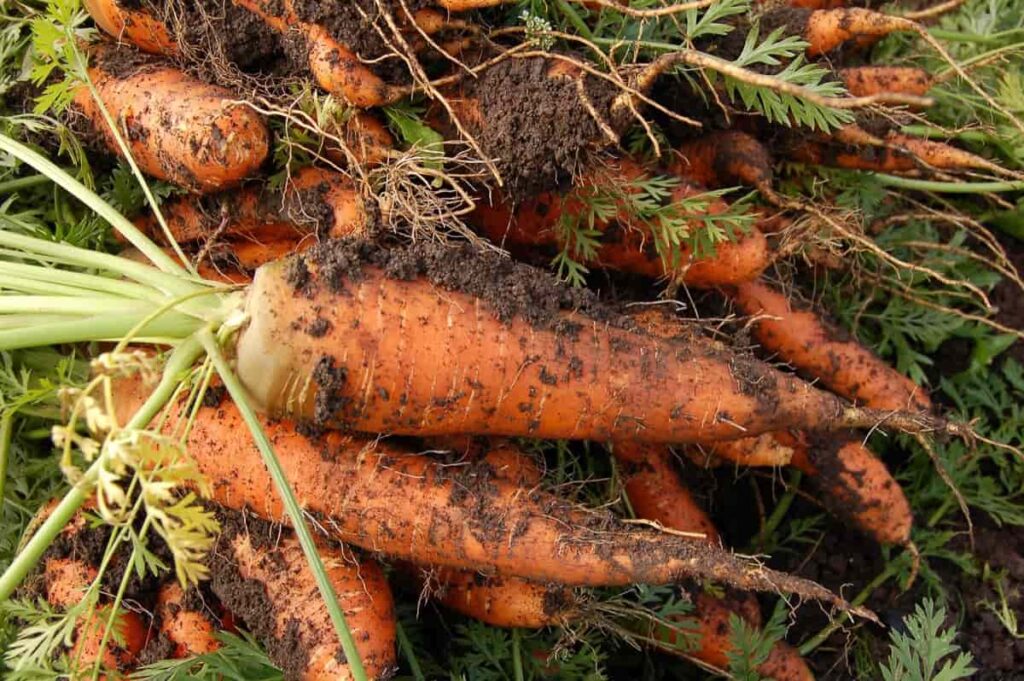
Common plants to grow in a Mexican garden
Bell pepper ‘Sweet Heat’ has a smoky, gently spicy taste, whether green or red. Stuff it with rice, Mexican cheese, ground meat, and spicy tomatoes in the chili style, and you have a delicious meal. Green tomatoes, sometimes called tomatillos, contain fruit about the size of a cherry tomato but surrounded by an inedible papery husk. These vegetables are key ingredients in traditional Mexican meals, such as soups, salsas, and roasted pork. Mojitos are made using spearmint, or Mentha spicata, a simple-to-grow fragrant plant.
The plants can survive from full sun to partial shade and like moist soil. Mints are aggressive spreaders; to stop them, you can either remove them from the ground or confine them to pots. Pickled, stuffed, chopped, stirred into chili, or eaten raw, jalapeno peppers are versatile ingredients. Plant the seeds in the garden when the temperature is consistently above freezing, or start them inside before the final frost.
Cilantro is a plant that is either adored or despised by the people who use it, and the kind called ‘Santo’ is notable because it bolts more slowly than other types. While the leaf’s flavor is strong (almost soapy to some), they lend depth to many Mexican dishes. Cajun Belle is a mildly spicy bell pepper that won first place in its category in All-America Selections.
It’s ideal for a Mexican container garden since it only grows to be around 2 feet tall and broad. Cumin is a popular annual herb that belongs to the parsley family and is often used in Mexican cuisine. Wait for the seed pods to become brown before picking them, and then remove the pods from the plants, cut off the stems, and store them in a paper bag with the opening facing up.
Once the pods have opened and the seeds have been released, you may either store them for later use or utilize them immediately. Peppers of the orange-red kind known as “Tangerine Dream” are as attractive as they are tasty. You’ll notice a predominant sweetness with just a touch of spice. Growing the bushy, compact plants in pots makes for a convenient, moveable Mexican garden.
Can you grow carrots in Mexico?
The United States relies almost exclusively on prepared frozen carrots from Mexico. You can keep fresh carrots in the fridge for longer than most other veggies. Carrots that are darker orange in color have more beta carotene, so choose those that are firm, smooth, and brilliant while shopping. Carrots without their tops should be evaluated for an end of the stem that isn’t too dark green since this coloration denotes ripeness.
Pre-packaged carrots should be avoided if their stem ends have discolored to become black. Carrots with their tips still attached will wilt more quickly in the fridge. With their mild flavour, Carrots pair particularly well with spicy ingredients like jalapeos. You may also pair them with other Mexican staples like cumin and cilantro.
They are great in salads, soups, and stews. Budn is a traditional Mexican vegetable pudding, and carrots make a great foundational ingredient. Typically cooked with peas, carrots can also create a delicious but when paired with cheese for a savory side dish or with brown sugar, almonds, and raisins for a sweet treat.
[[In case you missed it: How to Make Rose Plants Bushy and Flowers Bigger: Propagation, Fertilizers, Pruning, Planting, and Care
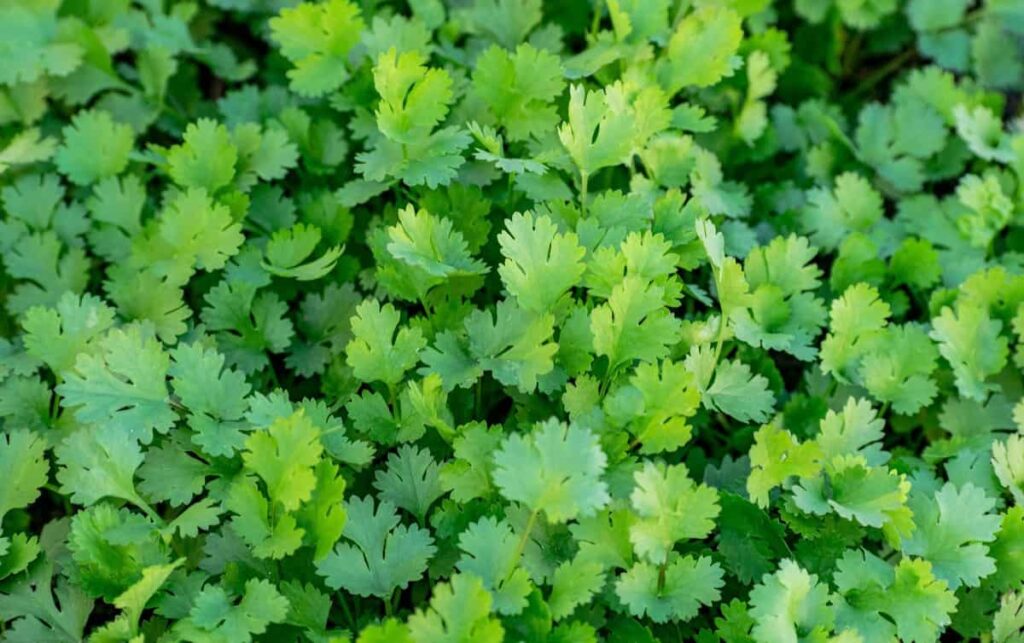
Is the soil good in Mexico?
More than half of Mexico’s soils are degraded, and 25% of production units say soil fertility is their biggest crop-growing issue. This analysis describes the necessity for Mexico’s effective and long-term soil governance. It is crucial to understand the present state of soils throughout the nation and to appreciate the variety of soils and the interests of the people who manage them. The functions of soils, how soils are conceived in various industries, and the connections between national and international policy tools for soil management should all be part of this body of knowledge.
What is in season in Mexico?
The Spaniards were responsible for bringing tomatoes to Europe from their native South America. In Mexico, the round red tomato, or automate, and the sour green tomatillo, or tomate, are used interchangeably. The Roma, Beefsteak, Cherry, and Grape are just some of the numerous commercially accessible kinds. The tomatillo is another edible member of the tomato family; it’s a tiny, green vegetable with a papery shell. Beginning in June, tomato harvesting lasts through August. However, early September can yet bring a few minor ones.
Since May is the start of the tomatillo season and November is the conclusion of it, this vegetable has a rather long harvest window. Humans domesticated corn so it won’t grow in the wild without special attention. Corn was brought back to Europe by Christopher Columbus after he found it in the New World. The Indian corn known as “Flint” (used to make popcorn) has white, red, or brown kernels. Animal feed is manufactured from “field” corn. “Sweet” corn, the variety sold in grocery shops, is suitable for direct consumption.
Yellow “sweet” corn has bigger kernels and is less sweet than its white counterpart, which has smaller kernels. The huitlacoche fungus, which develops on corn cobs, is considered a delicacy in Mexico and is used in various meals, including succotash and omelets, and as a stuffing for tacos and tamales. From May to the end of September, corn can be harvested. Sugars in maize quickly convert to starch, reducing its sweetness if it is not consumed soon after harvest.
In case you missed it: Growing Calla Lily in Your Garden: A Guide to Propagation, Planting, and Care
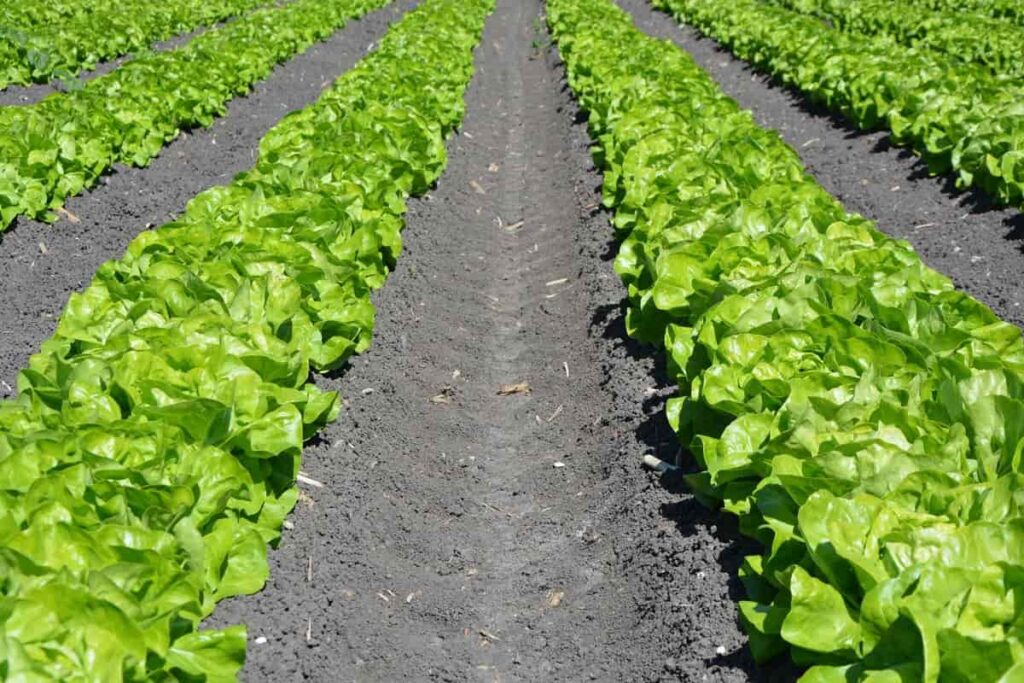
What is Mexico’s growing season?
The major crop is planted between April and August and mostly depends on monsoon rainfall; roughly 85 percent of the main crop is fed by natural rainfall. Corn harvesting typically starts in September and continues through February of the following year.
How do Mexican tomatillos grow?
The ideal growth location would include plenty of sunlight and relatively rich, well-drained soil. Although tomatillos are hardy semi-wild plants, they do not thrive in waterlogged, poorly-drained soil due to their reduced feeding requirements compared to tomatoes; before sowing seeds, till in a few inches of compost and fork the soil to increase drainage. If your garden’s soil is dense and clay-like, tomatillo plants do well in raised beds.
It’s best to start tomatillo seeds six to eight weeks before the final frost date. If you’ve been starting your plants inside, you’ll need to harden them off first before putting them in the yard. Plant at the same time you do tomatoes when the risk of frosting has passed, and the soil has warmed up. Like their tomato relatives in the nightshade family, Tomatillos benefit from being planted deeply since the plant produces new roots along its stems.
Plants of this indeterminate variety should be set three feet apart in rows three to four feet apart to accommodate their eventual height and spread. If you don’t want to pick the ripe fruits off the ground, you should plan on giving them support using gardening trellises or tomato cages. No need for more than four plants if you want to utilize them for fresh purposes. Tomatillos are very productive plants that keep yielding until they are killed off by cold.
To begin, spread 2–3 inches of organic mulch (such as grass clippings) over the area to be planted to prevent weed growth and retain soil moisture. Tomatillos can survive mild drought when given an inch or two of water once a week. Pinch off the sprouts’ tips to slow their growth if you’re short on room. No fertilizer is required. Don’t let your ripe tomatillos go to waste, or you could be surrounded by a thicket of self-sown seedlings next season. Put the spoiled tomatillo on the heated compost pile.
In case you missed it: How to Grow Dianthus in Your Garden: A Guide to Propagation, Planting, and Care

Mexico vegetable planting calendar/chart/guide/schedule
Fall vegetable calendar/chart/guide/schedule for Mexico
| Plant | Start seeds indoors at this time | Plant seeds outdoors at this time | Start seeds outdoors at this time |
| Jalapeno Peppers | May 8 | July 3 | – |
| Kale | July 10 | August 7 | – |
| Kohlrabi | – | – | August 12 |
| Lettuce | – | – | August 22 |
| Okra | – | – | June 23 |
| Parsnips | – | – | June 28 |
| Peas | – | – | July 28 |
| Potatoes | – | – | July 18 |
| Pumpkins | – | – | June 7 |
| Radishes | – | – | August 27 |
| Spinach | – | – | September 6 |
| Sweet Potatoes | April 29 | June 14 | – |
| Swiss Chard | – | – | August 22 |
| Tomatoes | April 23 | June 18 | – |
| Arugula | – | – | August 27 |
| Beets | – | – | August 17 |
| Bell Peppers | April 18 | June 13 | – |
| Broccoli | Jun 20 | Jul 18 | – |
| Cabbage | June 10 | July 8 | – |
| Cantaloupes | – | – | June 7 |
| Carrots | – | – | August 12 |
| Cauliflower | June 20 | July 18 | – |
| Celery | April 9 | June 18 | – |
| Corn | – | – | June 23 |
| Cucumbers | – | – | June 28 |
| Eggplants | April 18 | June 13 | – |
| Green Beans | – | – | June 28 |
| Winter Squash | – | – | June 21 |
| Zucchini | – | – | July 3 |
| Winter Squash | – | – | June 21 |
In case you missed it: How to Start Tomato Farming in Africa: Production Guide for South Africa, Egypt, Nigeria, Kenya, Ethiopia, and Zambia
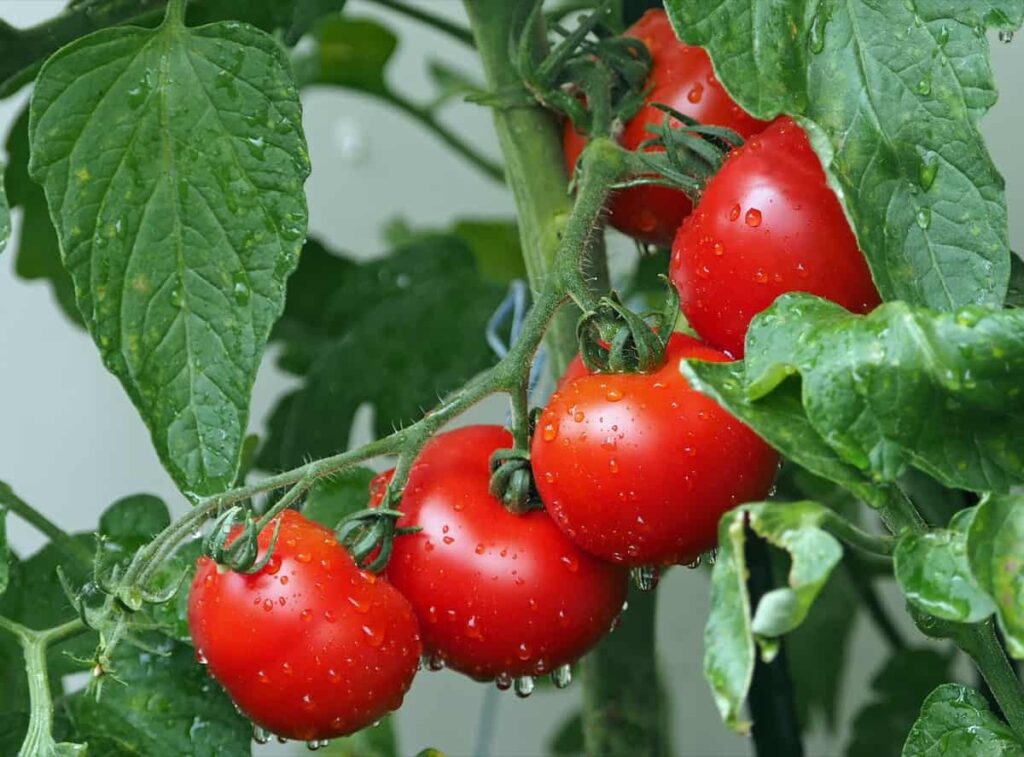
Spring vegetable planting calendar/chart/guide/schedule for Mexico
| Plant | Start seeds indoors at this time | Plant seeds outdoors at this time | Start seeds outdoors at this time |
| Cucumbers | Apr 12-19 | May 24-Jun 7 | – |
| Dill | – | – | May 10-Jun 14 |
| Eggplants | Mar 15-29 | May 24-Jun 7 | – |
| Green Beans | – | – | May 17-Jun 7 |
| Jalapeño Peppers | Feb 28-Mar 15 | May 17-31 | – |
| Kale | Mar 15-29 | Apr 12-May 3 | – |
| Kohlrabi | Mar 29-Apr 12 | Apr 19-26 | – |
| Lettuce | Mar 29-Apr 12 | Apr 26-May 24 | – |
| Okra | – | – | May 24-Jun 7 |
| Onions | – | – | Apr 12-May 3 |
| Oregano | Feb 28-Mar 29 | May 10-31 | – |
| Parsley | – | – | Apr 12-26 |
| Parsnips | – | – | Apr 19-May 10 |
| Peas | – | – | Mar 29-Apr 19 |
| Potatoes | – | – | May 3-24 |
| Pumpkins | Apr 19-May 3 | May 24-Jun 7 | – |
| Radishes | – | – | Mar 15-Apr 5 |
| Rosemary | Feb 28-Mar 15 | May 17-Jun 7 | – |
| Sage | Mar 15-29 | May 10-24 | – |
| Spinach | – | – | Mar 29-Apr 19 |
| Sweet Potatoes | – | – | May 31-Jun 14 |
| Swiss Chard | Mar 29-Apr 12 | Apr 19-26 | – |
| Thyme | Feb 28-Mar 29 | May 10-31 | – |
| Tomatoes | Mar 15-29 | May 17-Jun 7 | – |
| Turnips | – | – | Apr 12-May 3 |
| Watermelons | Apr 12-19 | May 24-Jun 7 | – |
| Winter Squash | – | – | May 24-Jun 21 |
| Zucchini | – | – | May 24-Jun 21 |
| Arugula | – | – | Apr 26-May 10 |
| Basil | Mar 15-29 | May 10-31 | – |
| Beets | – | – | Apr 26-May 17 |
| Bell Peppers | Feb 28-Mar 15 | May 17-31 | – |
| Broccoli | Mar 15-29 | Apr 12-May 3 | – |
| Cabbage | Mar 15-29 | Apr 12-26 | – |
| Cantaloupes | Apr 12-19 | May 24-Jun 7 | – |
| Carrots | – | – | Apr 5-19 |
| Cauliflower | Mar 15-29 | Apr 12-May 3 | – |
| Celery | Feb 28-Mar 15 | May 17-31 | – |
| Chives | – | – | Apr 12-19 |
| Cilantro (Coriander) | – | – | May 10-24 |
| Corn | – | – | May 24-Jun 14 |
Conclusion
A big part of what makes gardening enjoyable and satisfying is when you have some success at it. It’s fascinating to see the garden develop, and the appearance of the first fruit is a sure indicator that you’ll soon be eating fresh vegetables.
- Crops Grown in Summer Season: Best Choices for Summer Gardening
- Organic Pest Control for Tomato Farming
- How to Maximize Sheep Farming Profit
- Broccoli Varieties: Choosing the Right Cultivars for Your Farm
- How to Raise Pigs in Your Own Backyard: A Comprehensive Guide
- Budget Friendly Sheep Shed Ideas: Cheap and Low-Cost Tips
- How Much Do Cattle Farmers Make: Revenue Streams in Cattle Farming
- Management Pests and Diseases in Your Cotton Field
- Sheep Farming Business Plan for Beginners
- Aquaponic Farming at Home: A Step-By-Step Guide
- Profitable Village Farming Business Ideas in 2024
- High-Yield Aquaculture: Fast-Growing Fish for Farming
- Effective Fish Pond Construction Techniques for Beginners
- Irrigation and Water Management in Pineapple Farming
- Blossom to Harvest: Mastering Flowering and Pollination in Papaya Farming
- Pig Fattening Essentials: From Selection to Sale for Beginners
- Raising Wagyu Cattle: A Complete Guide for Premium Beef Production
- Soil Types and Their Water Holding Capacity
- Optimizing Irrigation Schedules for Coconut Groves for Enhanced Yield
- Espresso Your Garden: Coffee Grounds for Healthier Acid-Loving Plants
- The Best Soil Mix for Snake Plants: How to Mix Your Own Snake Plant Soil
- Green Thumb Success: Expert Tips for Cultivating Greenhouse Beans All Year Round
- Bloom All Year Round: The Ultimate Guide to Indoor Hyacinth Care
- Eco-Friendly Gardening: How to Make Liquid Fertilizer from Kitchen Waste
- Ultimate Guide to Grow Anise in Pots: Explore Seed Propagation to Harvesting
- Guide to Raising Chester White Pigs: Discover Breed Facts to Growth Management
- Mastering the Elegance: The Ultimate Guide to Weeping Cherry Tree Care, Planting, and Maintenance
- Ultimate Guide to Planting Garlic in Grow Bags: Growing Strategies for Beginners
- How to Fix Spider Plant Leaf-Related Problems: Natural and Organic Remedies
- 10 Reasons Why Your Tulsi Plant is Shedding Leaves: Home Remedies and Solutions
- Optimizing Growth and Yield: The Advantages of Palm Bunch Ash Fertilizer
- Utilizing Neem Oil Extract as a Natural Pesticide for Hydrangea
- From Soil to Harvest: Various Ways in Which Farmers Can Use AI Tools
- Steps to Encourage and Induce Citrus Flowers: A Comprehensive Guide
- How to Fix Snake Plant Leaf-Related Issues: Natural and Organic Remedies
- Transform Your Garden into a Fragrant Oasis with Raat Ki Rani (Night Blooming Jasmine)
